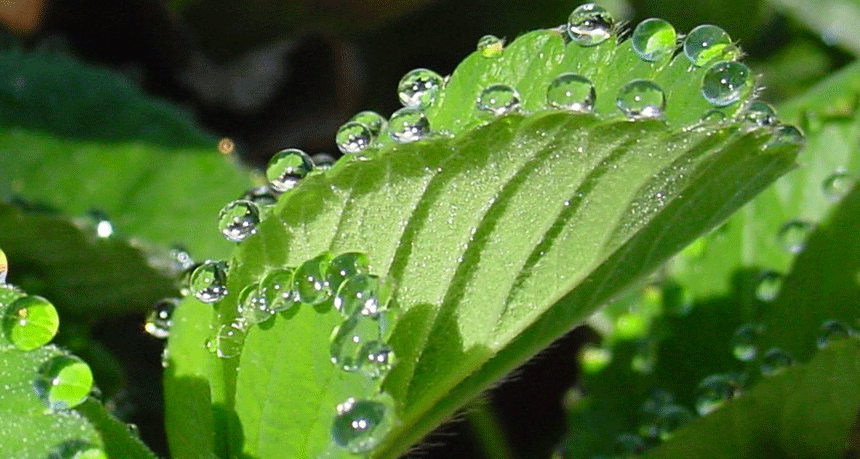guttation A process in which water moves up through plants in night, powered by higher water pressure in the plant’s roots. Because the stomata (pores on the leaves) of many plants will close at night, water will attempt to squeeze out at the edges and tips of leaves. When it is successful, that water with gather into one or more tiny droplets.
nutrient A vitamin, mineral, fat, carbohydrate or protein that a plant, animal or other organism requires as part of its food in order to survive.
pressure Force applied uniformly over a surface, measured as force per unit of area.
tissue Any of the distinct types of material, comprised of cells, which make up animals, plants or fungi. Cells within a tissue work as a unit to perform a particular function in living organisms. Different organs of the human body, for instance, often are made from many different types of tissues.
xylem The part of a plant that conducts water, nutrients and sap.

